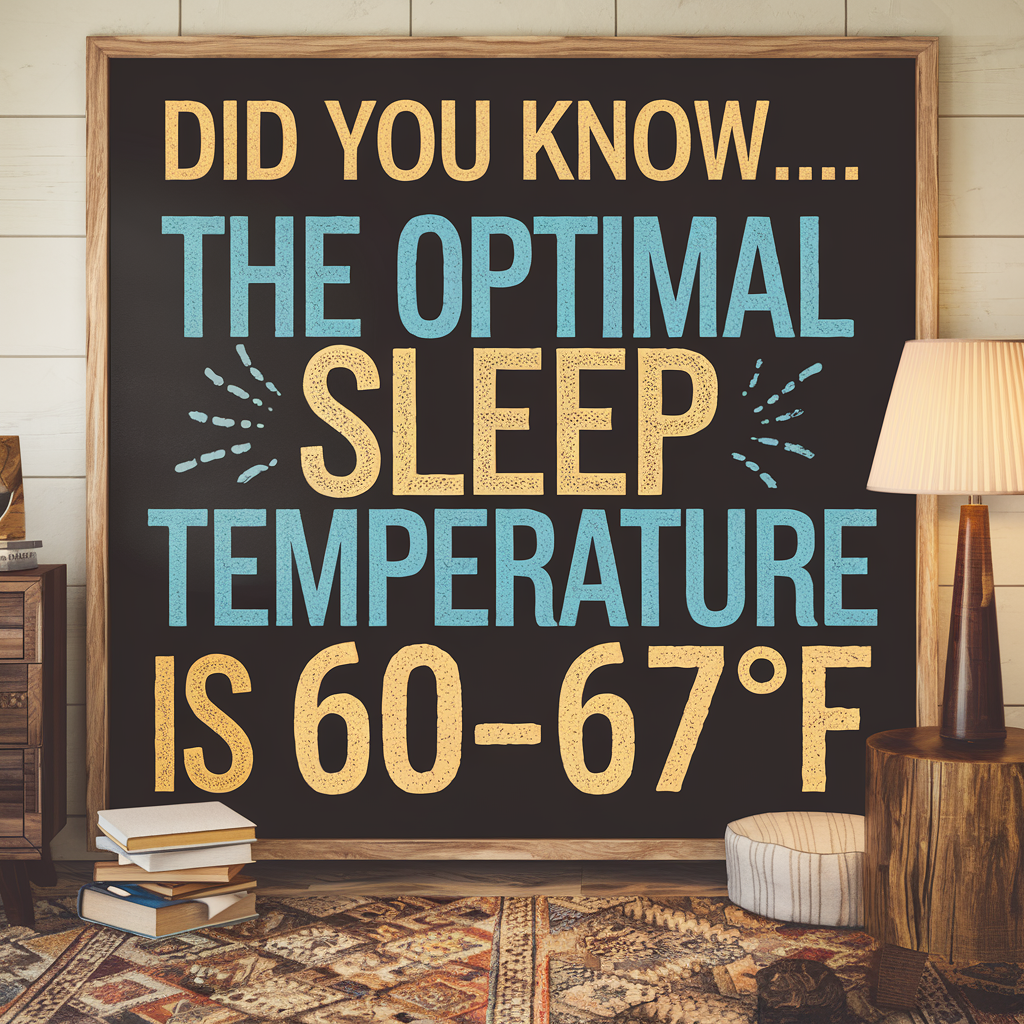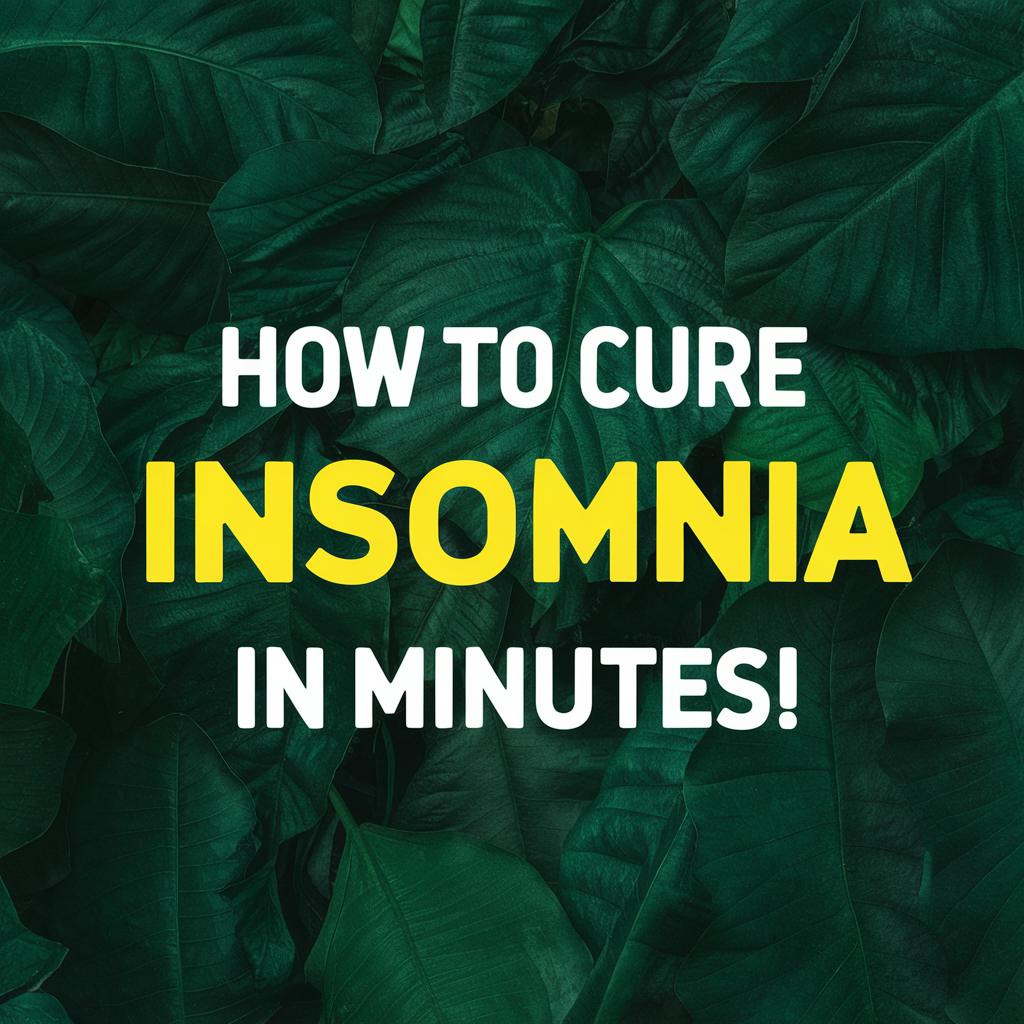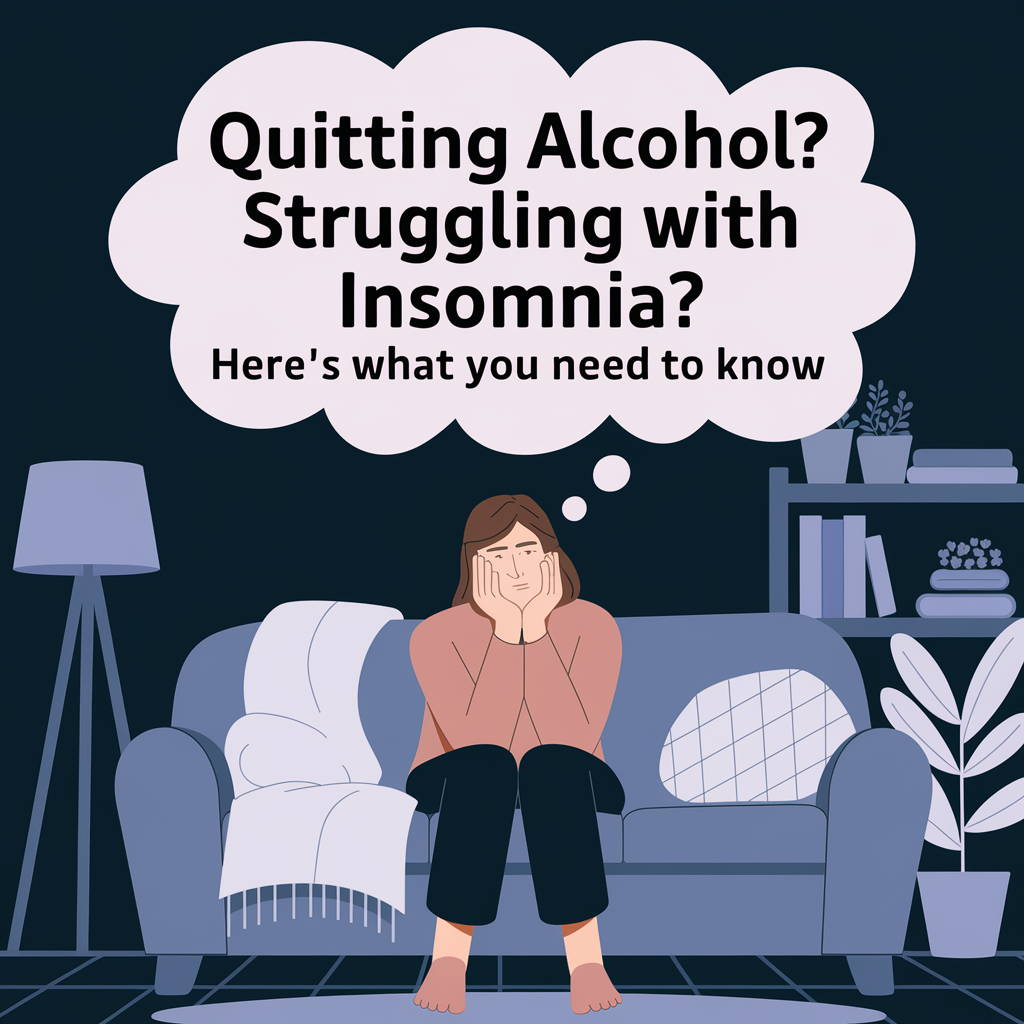
Struggling to sleep? I know exactly how it feels
There was a stretch of time where every single night felt like a battle. I’d crawl into bed, exhausted, thinking this would be the night I’d finally sleep through until morning… and then it would start. My brain would spin, my body would fidget, and I’d be wide awake staring at the ceiling until 2 or 3 a.m. Sound familiar?
It’s frustrating when your body wants to sleep, but just can’t seem to do it. I tried everything—lavender sprays, sleep podcasts, even expensive supplements that claimed they’d knock me out. None of it worked long-term. I was still struggling to sleep, waking up feeling like I hadn’t rested at all.
Things didn’t start to change until I stopped chasing “quick fixes” and started focusing on real, foundational stuff. I built a sleep setup that worked for me—and it wasn’t complicated. It was a mix of the right noise, the right environment, and better habits. If you’re still tossing and turning at night, this might help: here’s what actually got me to fall asleep fast, even when nothing else seemed to work.
And if part of what’s keeping you up is anxiety or that dreaded racing mind (you know, the one that reminds you of every awkward thing you’ve ever done), I’ve been there too. This is what finally helped calm my brain down so I could rest: how I beat nighttime anxiety without meds or gimmicks.

The night I realized my fan was more than just background noise
For years, I used a fan just to stay cool at night. I never thought of it as anything more than a way to move air around—until the night I turned it off. That night, I noticed everything. The floor creaked. The fridge kicked on. My dog shifted in his bed. Suddenly, I was wide awake at every little sound.
That’s when I realized that fan noise wasn’t just nice—it was essential. I didn’t just want it, my sleep depended on it. And once I found the right fan, everything changed. It blocked out distractions, created the perfect background hum, and gave my brain something to settle into.

I started testing fans like a man on a mission. I wanted something with a deep, steady sound—not a high-pitched buzz or a fan that clicked every few seconds. Eventually, I found the fan that finally let me sleep through the night—and now I don’t travel without it.
If you’ve ever wondered whether it’s healthy to run a fan all night long, I looked into that too. Here’s what I found out about sleeping with a fan on, and why it’s one of the best choices I’ve made for my sleep (and my sanity).
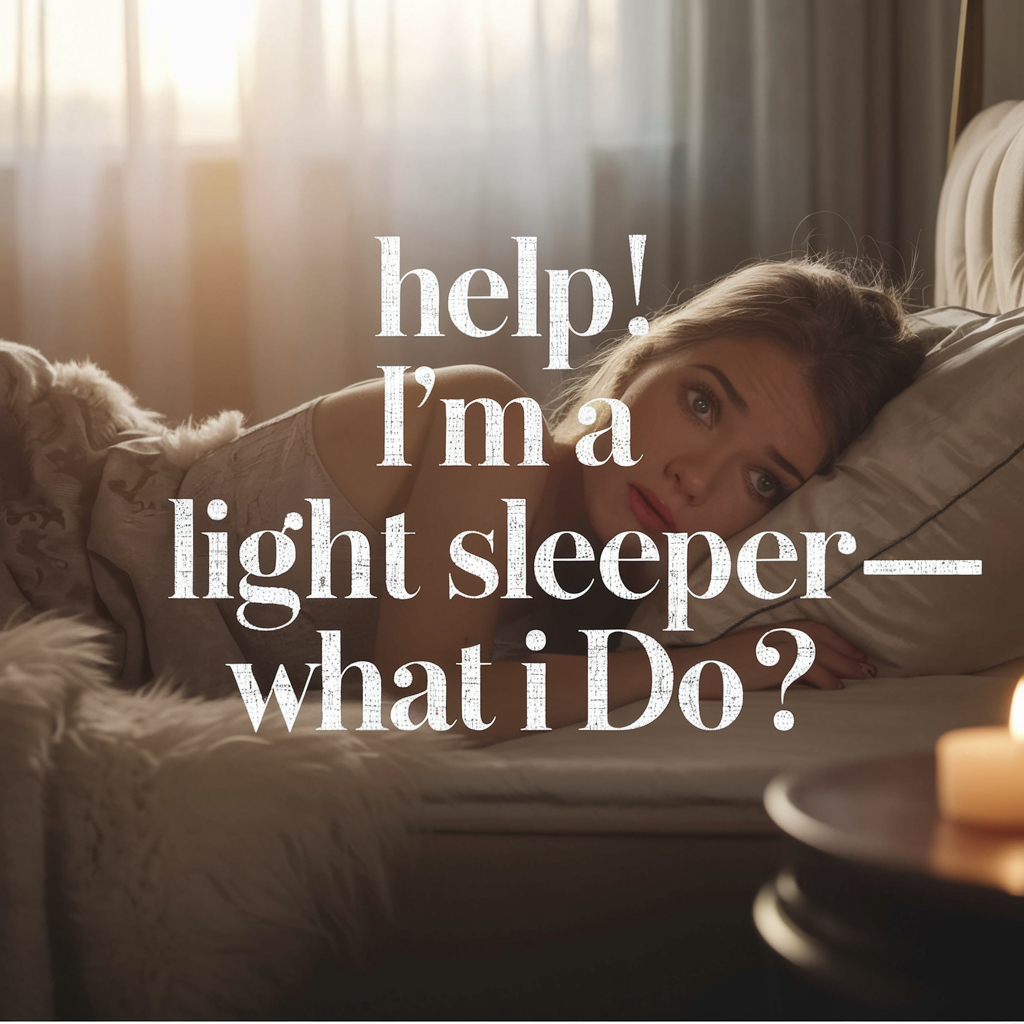
Being a light sleeper isn’t a weakness—but it does require strategy
I used to think I was just cursed with bad sleep. Every little noise, flicker of light, or shift in temperature would snap me out of deep sleep like an alarm. I’d hear my dog shake his collar, a car drive by, or even a drawer close in the kitchen—and boom, I was awake and frustrated. Turns out, I’m just a light sleeper—and that’s not a bad thing. It just means I had to approach sleep differently than most people.
The biggest shift for me came when I stopped trying to force “normal” sleep and started building an environment that actually supported how I sleep. I leaned into sound control (hello, fan), darkness, and calming my nervous system before bed. It took a little trial and error, but once I figured out what triggered my wake-ups and how to block them out, sleep got easier.
I shared my full experience in this post about light sleepers and what actually helped me. If you wake up easily or feel like your body never hits that deep, restful state, you might be more sensitive than average too—and that’s okay. There are tools that actually work. You just have to set your bedroom up like it’s your sanctuary.

Darkness is your friend—especially if you’re sensitive to light
It wasn’t just noise waking me up. I started noticing how often I’d stir at the slightest bit of light—headlights on the wall, a hallway light under the door, or even moonlight sneaking in through the blinds. Once I realized how badly that was messing with my rest, I made one simple change: I put up blackout curtains.
Total game-changer.
Now, my room stays pitch black from bedtime until I’m ready to wake up. It’s cooler, calmer, and helps signal to my brain that the night is for sleeping—not scanning the room for shadows. I honestly didn’t think curtains could make such a difference, but they did.
If you’re sensitive to light or waking up too early, you’ve got to try what worked for me: these blackout curtains made my room finally feel like a place to sleep. I pair them with my sleep fan every single night—it’s my favorite combo for deeper sleep that actually lasts.

The magic number: finding the best temperature for sleep
If there’s one thing I didn’t realize was messing with my sleep, it was the temperature in my bedroom. I used to wake up sweating one night and freezing the next—and I didn’t think much of it. But the more I researched and tracked my own sleep patterns, the more I noticed how much better I slept when my room stayed consistently cool.
Turns out, science backs this up. Most people sleep best in a room that’s between 60°F and 67°F. For me, 65°F is the sweet spot. When the air is just cool enough, I feel cozy under the covers but not overheated. Add in a gentle fan breeze, and it’s honestly the most relaxing environment I’ve ever created.
I go into more detail in this post about the best temperature for sleep, where I talk about what finally worked for me after years of trial and error. If you’re struggling to sleep and your room feels too warm or stuffy, lowering the temp might be the easiest win you haven’t tried yet.

Fixing my bedtime routine helped more than any pill or product
I used to think that good sleep was all about what you did in bed. But honestly, my sleep didn’t improve until I started focusing on the 30–60 minutes before bed. I used to scroll my phone, snack late, or watch TV right up until I turned out the lights—and then wonder why I couldn’t fall asleep.
Now, I keep it simple. About an hour before bed, I dim the lights, shut down screens, and let my brain start to unwind. I might do a little journaling or read something light—not a thriller, trust me. I turn on my fan, close my blackout curtains, and let the room cool down. It’s not some 10-step ritual, just a few intentional choices that tell my body it’s time to rest.
Here’s how I built that new bedtime flow: my sleep hygiene tips that actually worked. And if you’re like me and your brain tends to race the second your head hits the pillow, this one helped me a ton: why my brain wouldn’t shut off at night—and what finally helped.
You don’t have to have a “perfect” routine. But having something reliable you can stick to makes a huge difference for anyone struggling to sleep.

What didn’t work for me—and what I stopped wasting energy on
Before I figured out what actually helped me sleep, I wasted a lot of time (and money) on things that just didn’t do much. It wasn’t for lack of trying—I really wanted something easy and quick that would knock me out. But a lot of the typical advice just didn’t work for me as a light sleeper who was constantly struggling to sleep through the night.
Melatonin? It gave me weird dreams and didn’t stop me from waking up at 3 a.m.
White noise apps? Too fake-sounding or repetitive—they actually made me more aware of the noise.
Essential oils and sleep sprays? Smelled nice, but didn’t help me stay asleep.
Earplugs? Uncomfortable and made me feel like I was in a bubble.
Even things like “just relax” or “try counting backwards” were frustrating. What I needed wasn’t a gimmick—I needed consistency. I needed to block noise, control the light, and calm my body down. That meant building a bedroom that supported good sleep—not one that left me hoping a new supplement would magically fix everything.
The biggest shift came when I stopped looking for shortcuts and started focusing on simple, real changes—like finding the fan that actually worked for me, using blackout curtains, and setting a consistent bedtime wind-down.
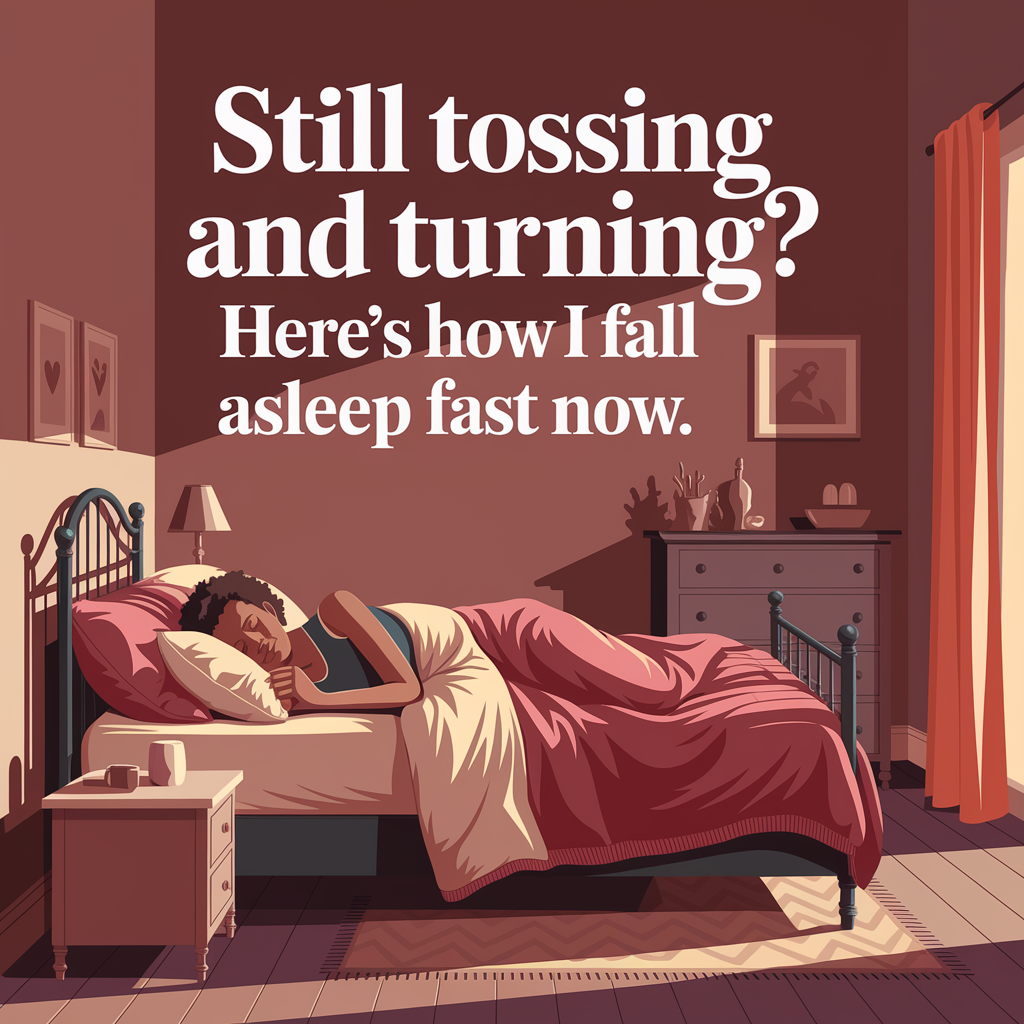
If you’re still struggling to sleep—start here
I wish I could hand my past self a checklist and say, “Do these five things, and you’ll finally sleep.” But the truth is, figuring out how to sleep well when you’re wired like me takes trial, patience, and a little experimenting. Still, I can confidently say this: if you’re struggling to sleep, you don’t have to stay stuck there.
Start small. Pick one thing to fix tonight—maybe it’s cutting screen time an hour before bed, or setting up a fan to drown out the hallway noise. Maybe it’s just recognizing that being a light sleeper doesn’t mean you’re broken—it just means you need a different strategy. That’s exactly what I walk through in this guide I wrote for other light sleepers who feel like they’ve tried everything.
Struggling to sleep doesn’t mean you’re out of options. It just means your sleep needs a little more attention and care—and once you give it that, everything starts to shift. I’m sleeping better now than I ever have, and if I can get here? You can too.

My personal “sleep checklist” that finally worked
If you’re feeling overwhelmed and don’t know where to begin, I get it. That was me too—not long ago. So to make it easier, here’s the exact list I started using to get my sleep back on track. It’s nothing fancy, but each of these made a huge difference. Together? They helped me stop struggling to sleep and finally feel rested again.
1. Turn on my fan before anything else
It sets the mood instantly. That soft, steady hum blocks out everything that used to wake me up. I found my favorite fan after trying a bunch—this one worked like magic.
2. Shut my blackout curtains and dim the lights
The darker my room, the better I sleep. If you’ve never tried it, blackout curtains can make a huge difference.
3. Cool the room to 65°F
I sleep best when it’s cool and quiet. No more stuffy rooms or waking up drenched in sweat. If you’re not sure where to start, this post explains the perfect temperature.
4. No screens for 30–60 minutes before bed
I know it’s hard. But swapping my phone for a book helped my brain actually wind down. Combine that with soft lighting and fan noise? Game changer.
5. If I wake up, I don’t stress—I reset
Sometimes I still wake up. But now, instead of spiraling, I take a few deep breaths, turn to my side, and let the hum of the fan pull me back under. No more checking the clock. No more pressure.
If you’re like I was—lying there night after night wondering what’s wrong with you—start with just one of these. Try the fan. Try the curtains. Or build your own version of this checklist. And if you feel like your sleep issues go beyond the basics, here’s a deeper dive into what helped me fall asleep faster, and what finally brought peace to my racing thoughts at night: this helped when anxiety ruined my sleep.

Your sleep can get better. Mine did. And I was struggling hard. You just need the right setup, a little patience, and the willingness to figure out what your body actually needs.
And when you do? You’ll realize that sleep doesn’t have to be a mystery—it can actually be one of the best parts of your day.
As an Amazon Associate we earn from qualifying purchases through some links in our articles.
